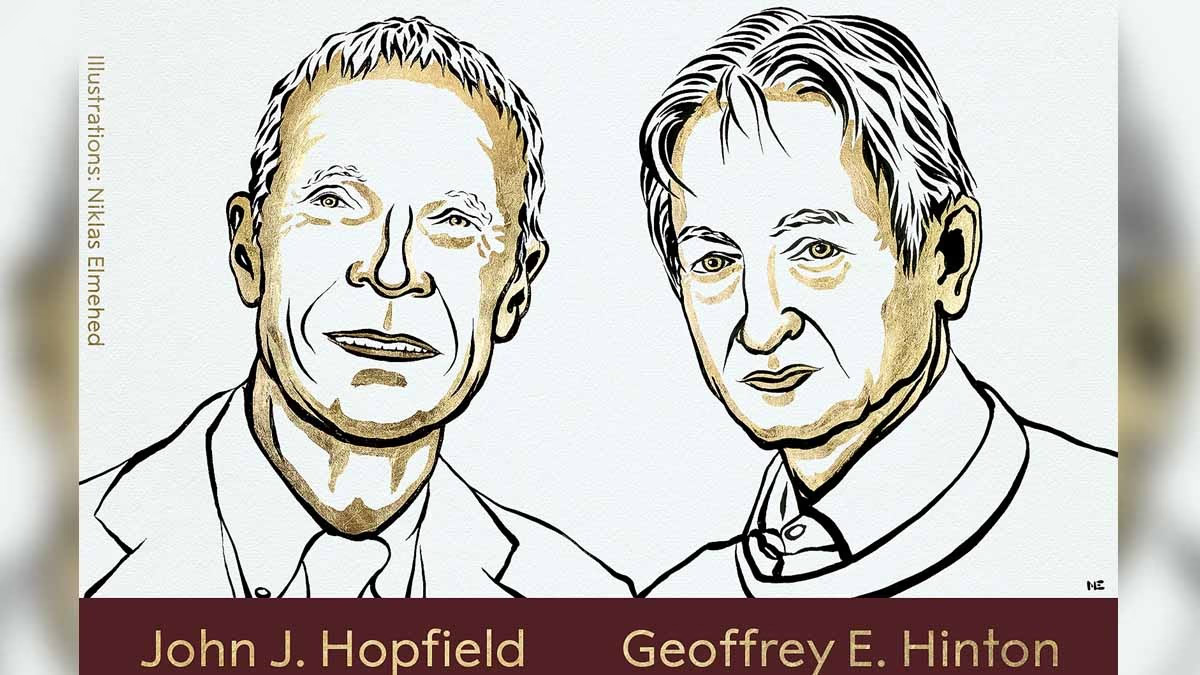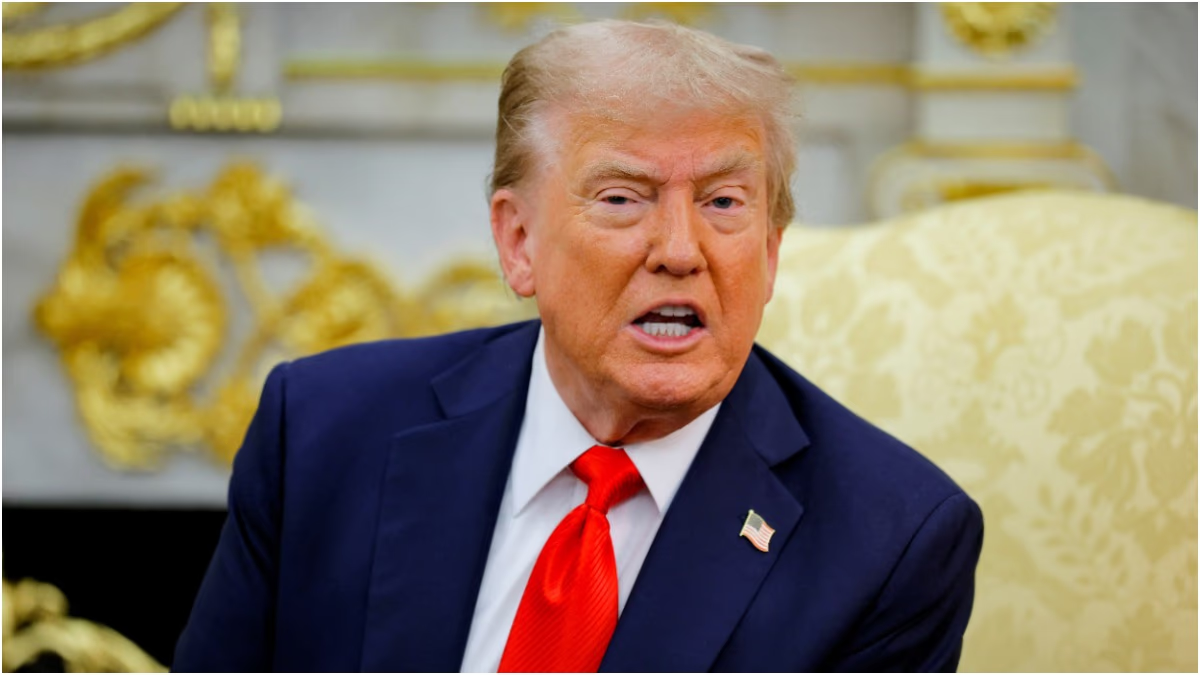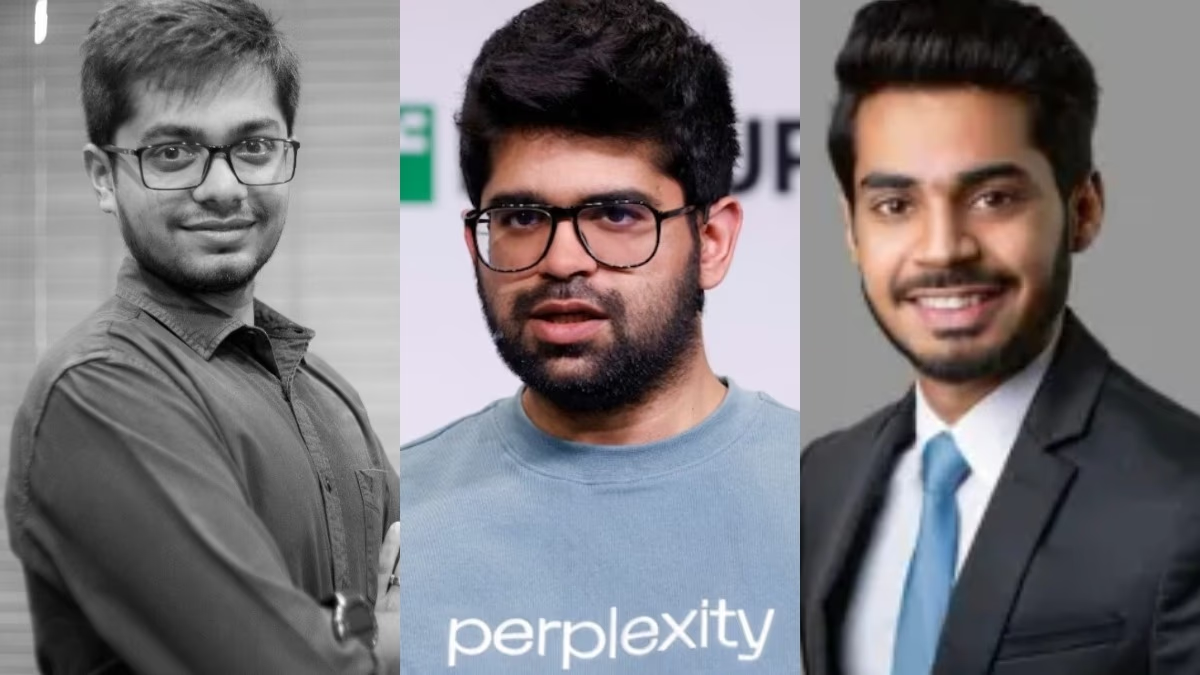The Nobel Prize in Physics for 2024 has been awarded to John J. Hopfield and Geoffrey E. Hinton. These two eminent scientists have forged new pathways in Artificial Intelligence (AI). John J. Hopfield pioneered the concept of associative memory systems capable of storing and reconstructing patterns within data.
This discovery played a crucial role in the development of artificial neural networks. By leveraging the principles of physics, Hopfield has advanced artificial neural networks in a groundbreaking manner. His innovations have opened new avenues in the field of AI, impacting numerous industries with wide-ranging applications.
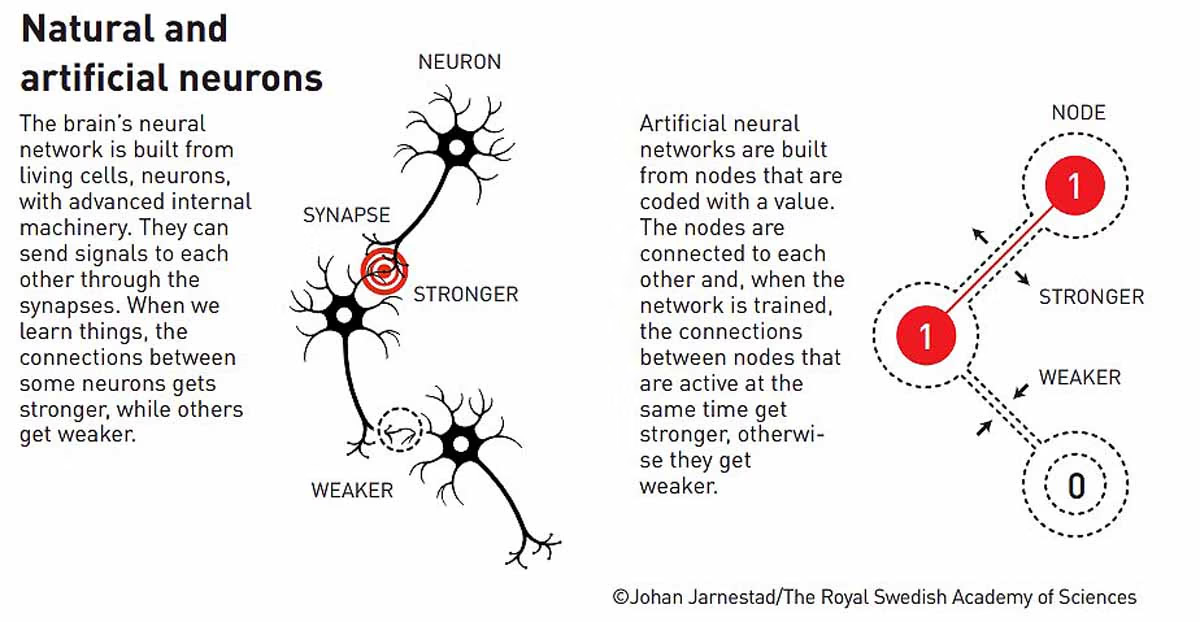
Source: aajtak
Geoffrey E. Hinton introduced the concept of the Boltzmann machine, an entity adept at pattern recognition within data. This scientific leap has carved new opportunities in AI, with applications spreading across various domains. Hinton's utilization of statistical physics principles in research has decisively fostered the evolution of artificial neural networks.
Who are these pioneering scientists?
Born in 1933 in Chicago, Hopfield earned his Ph.D. from Cornell University in 1958 and has been a professor at Princeton University in New Jersey since. Geoffrey E. Hinton, born in 1947 in London, completed his Ph.D. at the University of Edinburgh in 1978 and is currently a professor at the University of Toronto in Canada.
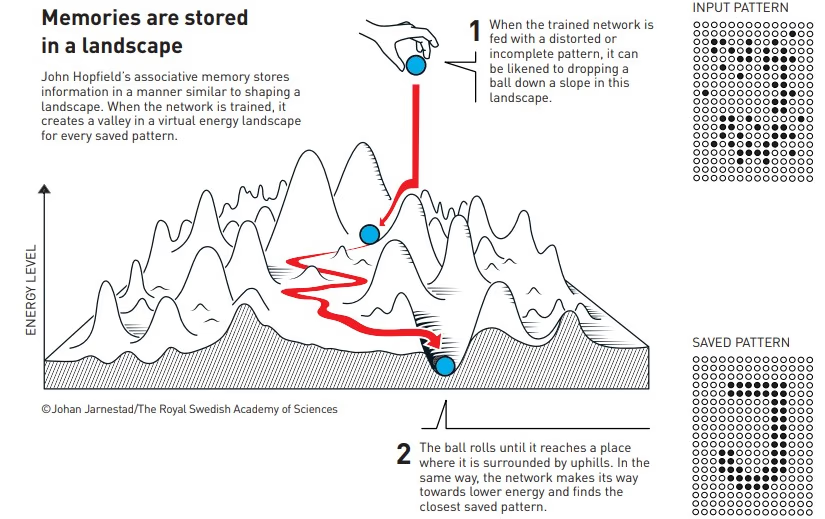
Source: aajtak
In simple terms, how have their contributions impacted today?
The pioneering research of Hopfield and Hinton during the 1980s laid the groundwork for the machine learning revolution of the 2010s. They created sophisticated artificial neural networks essential for the seamless operation of global networks, such as train and computer networks. These neural networks, characterized by their multiple layers interlinked through guidance, embody the principle of deep learning. This foundation has enabled the development of numerous machine learning systems in contemporary times.
In the future, your robotic companion, capable of understanding complex human behaviors such as emotions, routines, and preferences, will owe its existence to machine learning. And when this advanced era dawns, we will commend these visionary scientists, Hopfield and Hinton, for their pioneering impact on the intricate web of machine learning and artificial neural networks.
